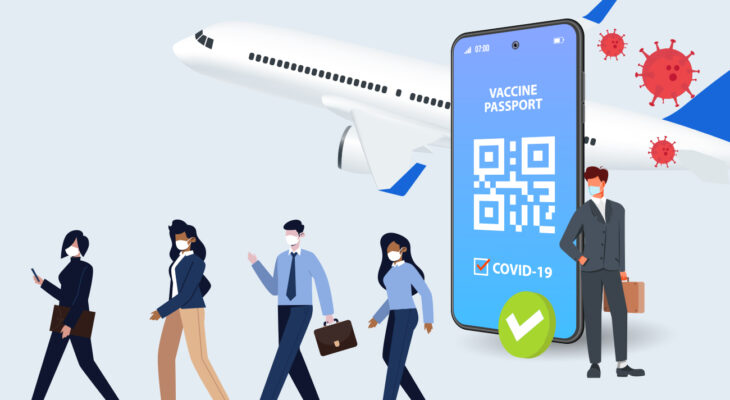
New Models For Business Travel
Business travel is returning, but companies may not be rushing to book their trips.
Corporate travel was one of the victims of the COVID-19 pandemic. As vaccination rates rise and borders gradually re-open around the world, business executives are now dusting off their travel luggage as business trips start to resume.
A survey by software company SAP found that 96% of business travellers are “willing to travel for business over the next 12 months”, while almost two-thirds (65%) say they are “very willing”. However, will business trips return to pre-pandemic levels? Or are leaders re-thinking the post-pandemic role of corporate travel?
Companies and executives are eager to start travelling as many recognise the importance of having face-to-face interactions with international clients and partners. SAP found that 80% of business executives surveyed fear their professional lives will suffer, while 38% are concerned they will experience a drop in earnings. A further 33% worry that their career advancement will suffer if they do not increase their business travel this year.
Despite the relative success of virtual meetings during the pandemic, business leaders still value face-to-face interactions. However, it is unlikely that corporate travel will return to pre-pandemic levels. The pandemic has opened the eyes of many companies to alternative ways of staying connected and doing business. Hence, it is likely that companies will prioritise essential, client-facing trips, while sticking with virtual interactions for other purposes to save time and cost. They may also re-evaluate the need for travel based on the impact on the bottom line and the environment.

You cannot replace a handshake
Unsurprisingly, companies view travel that support client relationships as the most critical, and where positive outcomes are most likely dependent on face-to-face interactions. As such, visits to prospects and clients will likely lead the return of corporate travel. Indeed, some companies persevered through the challenges and continued to travel during the pandemic, where possible, for sales visits and client-related work.
Such trips usually focus on acquiring new clients and enhancing relationships with existing ones. These may also include industry conferences and international tradeshows, where the potential to develop the business via networking opportunities may outweigh the risks.
Indeed, industry conferences and events have started to make a measured and well-calibrated comeback, which is likely to further accelerate in 2022. In Singapore, for instance, two large industry conferences – Industrial Transformation Asia-Pacific (ITAP) 2021 and the Architecture and Building Services 2021 – were scheduled to be held in November. The Singapore Airshow, billed by its organisers as Asia’s most influential airshow, is also likely to return in February next year, and more than 10,000 attendees are expected over the four trade days.

When virtual is good enough
Many companies that bemoaned the loss of in-person meetings were pleasantly surprised by the ability of technology platforms to replace some forms of physical interactions.
Even with the return of travel, many firms are likely to continue with virtual meetings for non-customer interactions such as internal team meetings, leadership meetings, and training initiatives.
The embrace of virtual platforms for internal meetings will also support the work from home trend that is increasingly likely to become a permanent fixture on the corporate landscape post-COVID-19.
While there may be an initial spike in travel for internal meetings to meet pent-up demand among teams that have only met via Zoom for over a year, this demand is expected to level out and decline as businesses adjust and adapt to the new normal of virtual interactions.

Sustainability and cost
Businesses have enjoyed a drop in travel expenses due to closure of borders, and many will want to hold on to these cost savings post-pandemic. These cost savings go beyond air tickets and hotel accommodation, as companies usually provide per diems and other allowances for their staff when they travel. As such, they are likely to be more selective about business trips.
And with the fight against climate change now a global priority, many will also seek to reduce their carbon footprint by cutting down on corporate travel. Companies will need to balance these two considerations with the importance of travel for business success.
Considering the factors highlighted above, firms are likely to adopt a hybrid model that will see travel reserved mostly for client visits, with everything else staying on widely adopted digital platforms that have worked well for them during the pandemic.


















